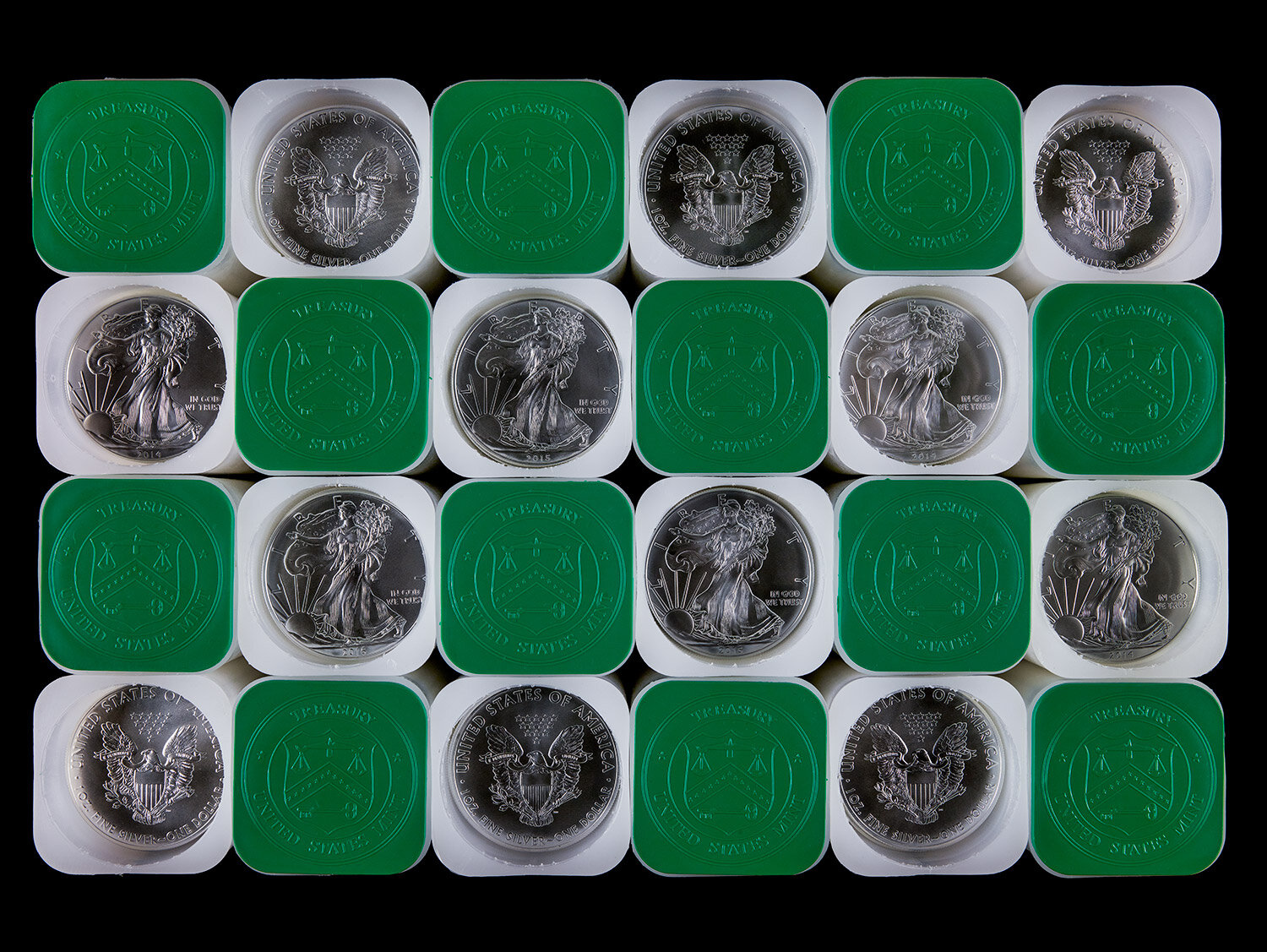Why does a 6" piece of inked green cotton-linen, part bacteria andcocaine, with dead presidents hold any value in exchange? Why have diamonds become de facto precious stones in wedding rings? And why do humans pay exorbitant sums of wealth to acquire works of art? Often taboo and misconceived topics in contemporary societies, money and value are increasingly significant topics in our charged and dynamic era of rapid consumption.
As bedrock concepts representing faith and trust, perceptions of money and value have wildly shape-shifted around human desire and sentiment. While value is a linguistic and behavioral abstraction—a belief system of exchange conveying worth, trust, and social bonds—money is a notable technological artifact of civilization. Its roots lie within consumption/luxury, politics/war, ethics/greed, debt/control, obligation/guilt, prosperity/innovation, status/privilege, and class/wealth. (continued below…)
Philosopher Adam Smith argued the origin of human thought and development of language stem from an innate desire to trade; Friedrich Nietzsche further suggested the psychological effects of selling, buying, and value calculation predate the beginnings of social structure; both believed the benefits of exchange are what led to the creation of commercial markets. In a multitude of ways, from benevolent to nefarious, exchange guides many social, economic, and political transactions. Parties to transactions have universally chosen the most saleable (readily available, recognizable, and accepted) commodity to settle accounts, trusting this item could be stored and easily traded again for consumption. Historically, the hardest monies have typically espoused properties representing scarcity and unforgeable costliness, meaning naturally limited and not easily debaseable (subject to dilution), ultimately maintaining their value and purchasing power through time and space.
As civilization progresses toward cashless societies where systemic debt, unsustainable expenditures, and “easy money” are effortlessly broadened and convoluted, the arc of history dictates deterioration of currencies in tandem to breakdown of trust in political leadership and socio-economic institutions. Which begs the question: what fundamentally consigns to money the desirable traits which drive psychologies and global communities? How is the mercurial concept of value determined, what forms express it, and how do societies adopt it?
Presented here is a diverse array of recent historic and contemporary in/tangible objects, some long-defunct and lost to history, others still relevant and quite valuable, few even technologically novel and yet recondite. Their suspension against black and bathed in diffuse light isolates focus to form, shape, and nuanced ambiguity. A compelling array of objects emerge from civilization's volatile pursuit of desire, commerce, expression of beauty, wealth preservation, and speculation of intrinsic worth.
Earnest thanks and recognition for the organizations and individuals that supported this project: Museum of American Finance, American Numismatic Association, Edward C. Rochette Money Museum, National Archeological Museum of Athens, George Washington’s Mount Vernon, Heritage Auctions, Glenn P.




































